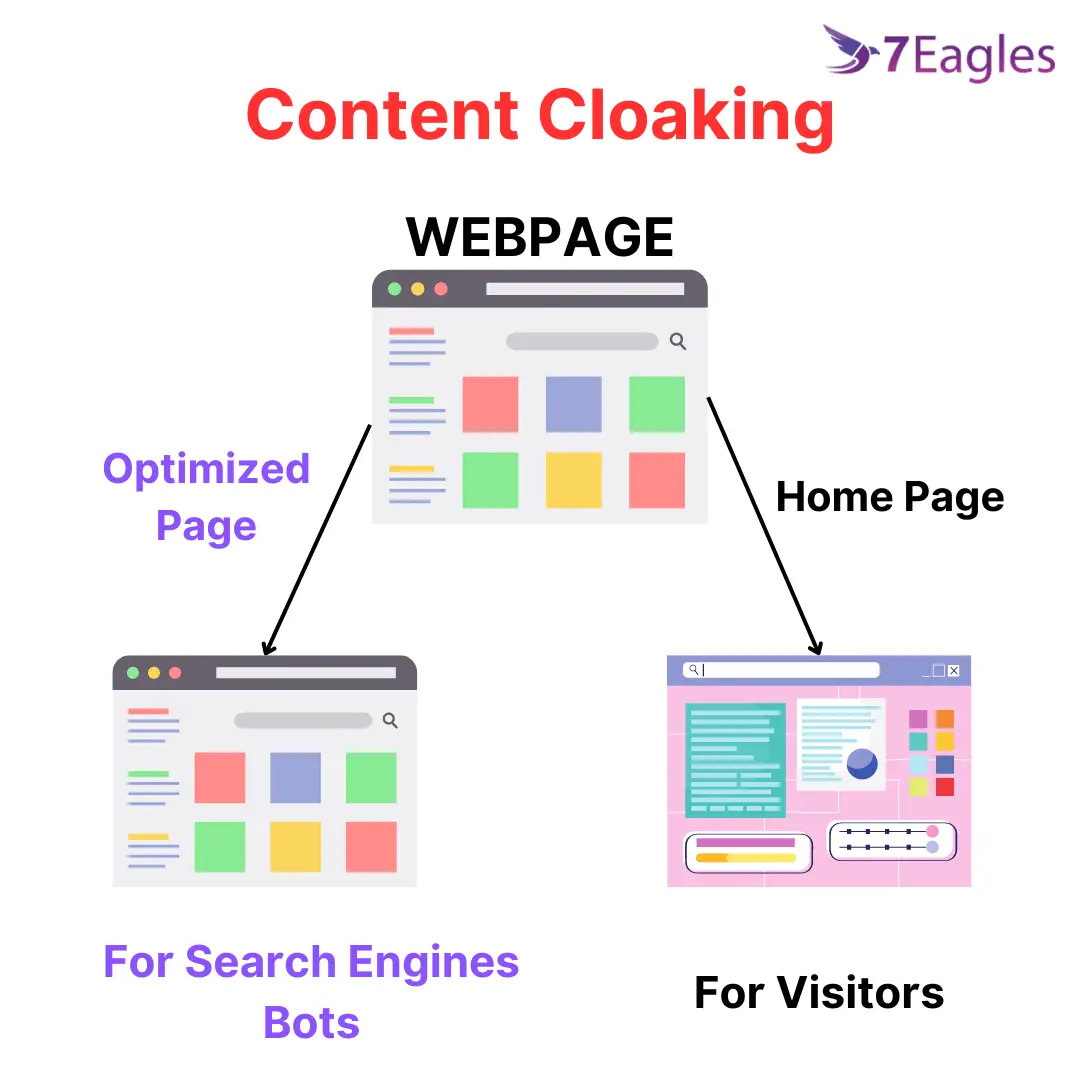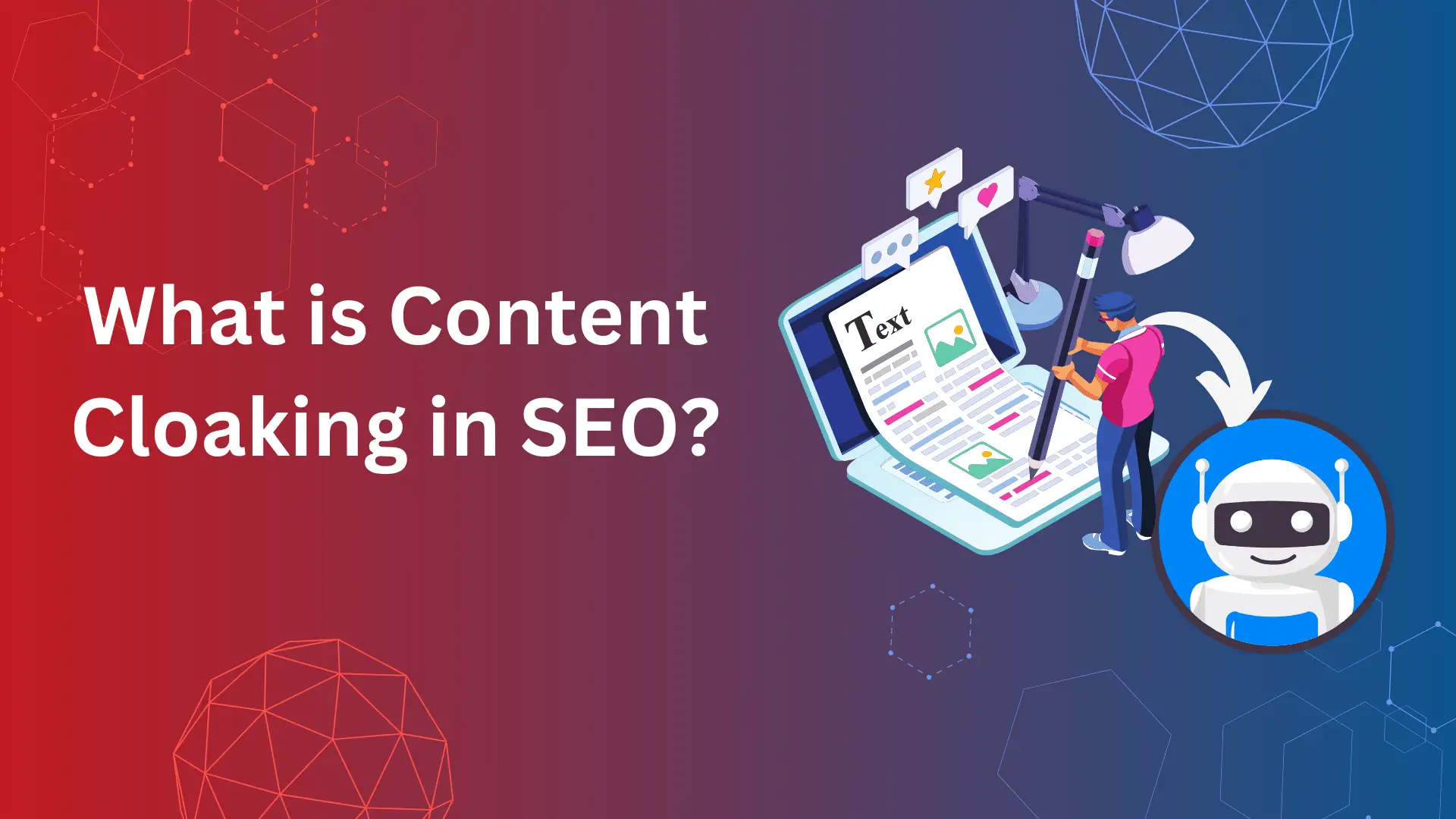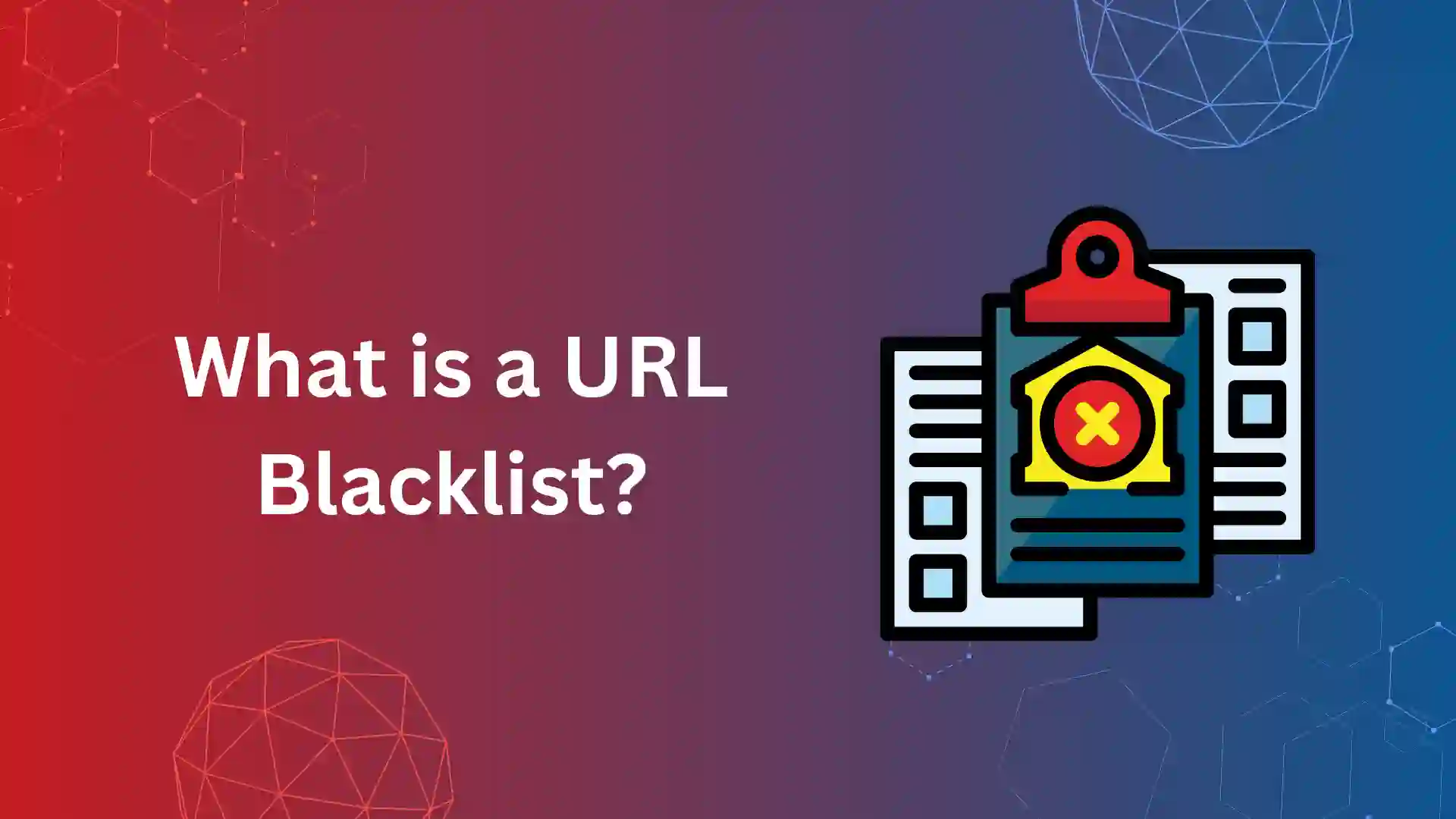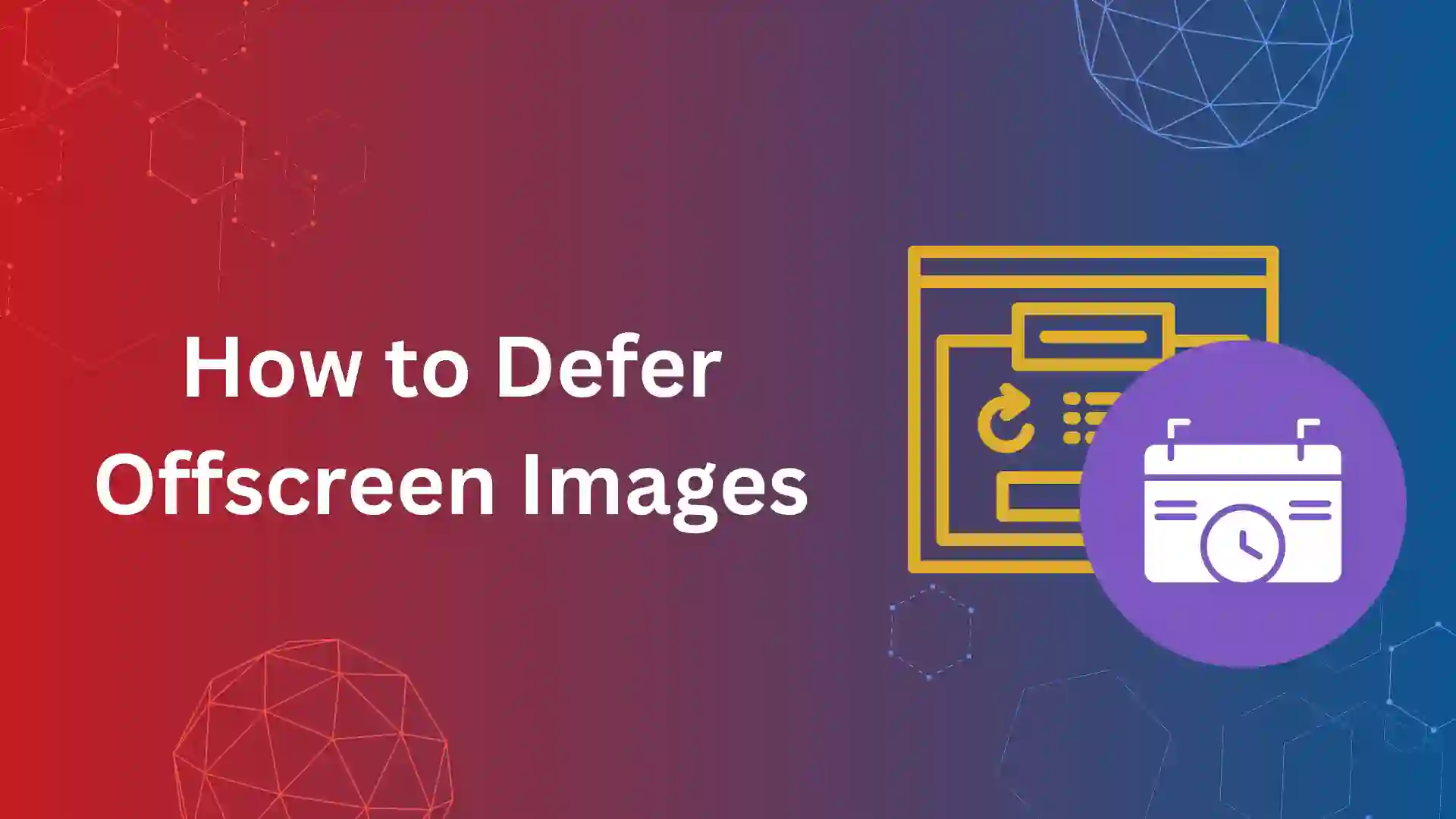Every website needs Search Engine Optimization techniques to improve its ranking on Search Engine Results Pages, but not all SEO techniques are good, some will degrade your ranking and we call it Black-Hat SEO practice.
One of the black-hat SEO techniques is Content Cloaking and some marketers are still practicing it, To find the cloaking content in your website, you must know what the content cloaking is and how to encounter it in your website.
Now let’s dive into the deep analysis of content cloaking in SEO
What is cloaking in SEO?
Before moving forward to technical aspects, let’s decode, “What is cloaking in SEO?”
Cloaking is an SEO practice that helps websites show different content or web pages to search engine crawling bots and users to increase the search engine ranking for a particular keyword.
This Cloaking Practice will affect your search engine ranking and Google has enhanced algorithms to detect the content cloaking in websites.

SEO Cloaking With Example
Here is a simple example that gives you a clear understanding of content cloaking
Let us assume you are the owner of a website that sells various baby products including the best skincare products.
Now, when people search for the “best baby skincare products” you like your website to show up higher in search results.
There are many SEO techniques to rank your website for a particular keyword but with this SEO cloaking practice, you can create a dynamic optimized version of your website for search engines like Google and Bing and another basic version for regular visitors.
Here’s how it works:
- When Google’s bot (also called a spider or crawler) visits your site to crawl, your website shows a special optimized page about “best baby skincare products” This page has optimized content and keywords related to the best baby skincare products you sell.
- When a regular person other than crawlers visits your website, your site shows a homepage with all your baby products, including haircare and medicare products.
So, in simpler terms, you are trying to serve Google with a page optimized to rank high for “best baby skincare products,” while regular visitors see your basic website.
But, remember, Google doesn’t like this, Now there are enhanced algorithms to find it, If Google finds out you’re showing them one thing and visitors another, they might penalize your site, or even get removed from the search results page.
Types of Cloaking Practices:
Let’s discuss some types of cloaking practices
- IP-based Cloaking:
In this type, the server shows up the website based on the IP address of the visitor. For example, content versions vary based on geographic locations, and a completely different version is shown to others.
- User-Agent Cloaking:
User-agent cloaking involves serving particular content based on the user-agent string sent by the visitor’s browser. Different versions of the page might be served to different browsers or devices.
- JavaScript Cloaking:
In this type of cloaking, the content displayed to the user depends on whether JavaScript is enabled or disabled in their browser. This can be used to hide content from search engines that cannot execute JavaScript when crawling the site.
- Cookie-based Cloaking:
Content is customized based on certain cookies in the visitor’s browser. This can be used to customize content for users who have previously visited the site
- Referrer-based Cloaking:
In this, content is served to users based on the referring website or URL that the visitor came from. Different content is shown to visitors who click on a link from a search engine, social media site, or another referring site.
- Session-Based Cloaking:
This involves showing different content to users based on their session ID. This can be used to personalize the user’s content, but it can also be used to cloak content from search engines.
Even though some cloaking practices are practiced for good user experience, it is harmful to your website if used in an unethical manner.
Implementation of content cloaking
Just learn how website users implement content cloaking and it is not recommended to use it in your content.
It is not easy to implement cloaking on a website, needs a tech expert to do so, they make use of server-side scripting languages like PHP, Python, or Node.js.
For Example in PHP, the user agent string ($_SERVER[‘HTTP_USER_AGENT’]) is accessed to determine whether to display optimized or regular content, the user agents of search engine crawlers are often Googlebot for Google and Bingbot for Bing search engine.
When a search engine crawler is detected based on its user agent, the website dynamically generates and displays content optimized for certain keywords.
Why Should You Avoid Cloaking in SEO?
If you are a website owner or SEO marketer, note down the list of reasons to avoid cloaking in SEO
Search Engine Penalties:
Google webmaster has strict guidelines against content cloaking. If your website is detected as cloaking, it serves you penalties like being removed from search engine results, which negatively impacts your website’s traffic.
User Experience:
Cloaking creates a bad user experience. Visitors may feel fooled if they see different content from what search engines indexed, which results in a negative perception of your website.
Loss of Credibility:
It is very hard to maintain the credibility and trustworthiness of your website. Engaging in cloaking practices spoils your reputation and makes it harder to build trust with visitors.
Loss of Long-Term Sustainability:
Cloaking provides you with short-term pleasure so that you can rank on search engines but on a long-term basis it will hurt your rankings as Google’s algorithms are getting advanced day by day.
Spoils Brand Reputation
When you get top on the search results, you will get more clicks and when a user visits your page and is not satisfied then the user will not trust your website, If it continues, your bounce rate metrics convey to search engines that it is not the page users are looking for so, you get a drop in ranking as well as it spoils your brand reputation
Overall, avoiding cloaking helps to maintain a positive relationship with search engines as well as users.
How can you tell if a website is using cloaking?
One of the most obvious signs of cloaking is the content shown to search engines differs from what users see. If you notice differences in the content for unrelated text, it could indicate cloaking.
Cloaked pages contain keyword stuffing to manipulate search engine rankings. If you notice an unusually high density of keywords or repetitive phrases, it could be a cloaking content.
Ethical way to implement cloaking in SEO
While search engines generally disapprove of cloaking, there are some ethical methods to implement in SEO.
- Personalizing content served to users based on device type or user agent can provide a better user experience while maintaining search engine visibility.
- Utilizing alternative markup languages like HTML to display content not visible to search engines can improve user experience while maintaining optimization for search engines.
- We can use hidden text, this technique hides text from users but not search engines, suggesting additional information for indexing without impacting user experience.
- Showing different content to users based on their geographic location can enhance relevance without violating search engine guidelines and is also called Geo-Targeting
- Using CSS to hide non-essential dynamic content from search engines can improve page load times and enhance user experience, it does not come under cloaking.
Wrap-Up:
To wrap it up, Be cautious in content cloaking, it is a black hat technique and severely impacts your website’s health, user experience, and brand reputation, Always stick to white-hat SEO services.
Some practices like serving dynamic content to users, information based on location, and changes in design will not considered cloaking but make sure it does not violate the Google Guidelines and impact the visitors.
Frequently Asked Questions:
Content cloaking is the practice of serving different versions of web pages to search engine bots and users.
The purpose of cloaking is to get a higher search engine ranking for a particular keyword by serving the search engines with an optimized version of the page and users with a normal homepage.
No cloaking is not good for SEO, It affects your page rankings if Google detects it as a cloaked page.
Different types of cloaking practices are IP-based Cloaking, User-Agent Cloaking, JavaScript Cloaking, Cookie-based Cloaking, Referrer-based Cloaking, and Session-Based Cloaking.
Yes, cloaking is a black hat SEO technique and it is against Google guidelines, Practicing it will harm your website page ranking and Google will remove your website from SERP results.













